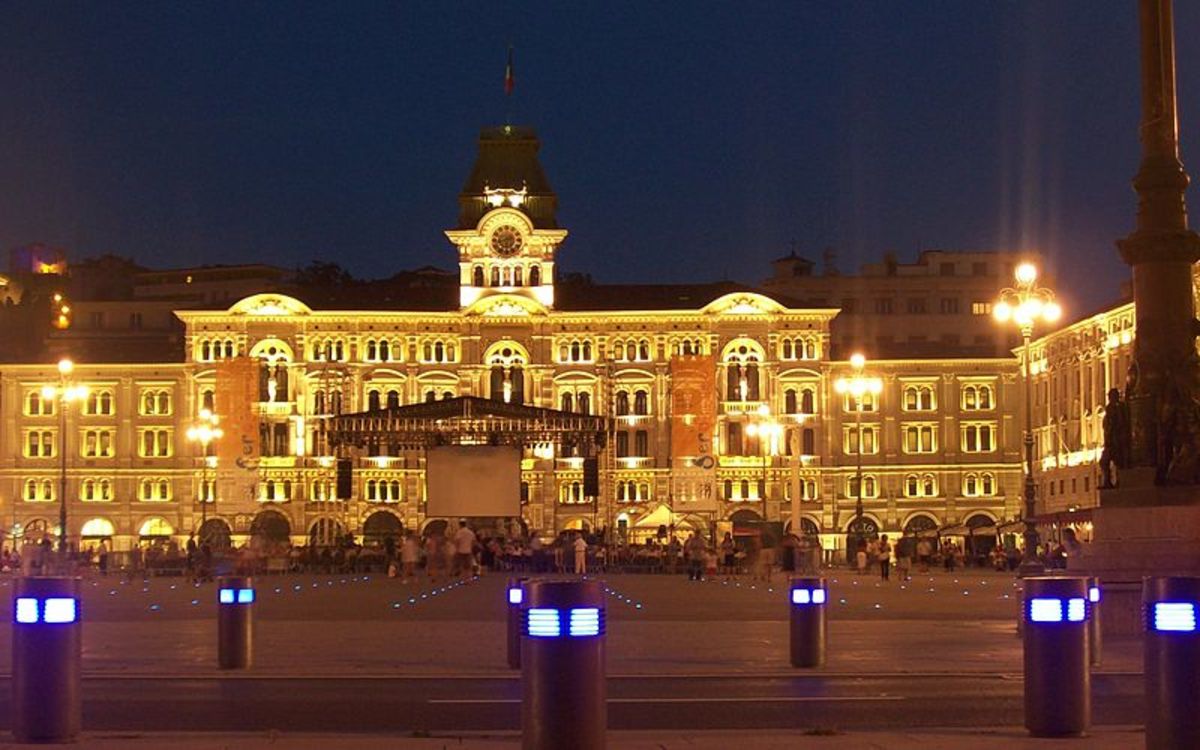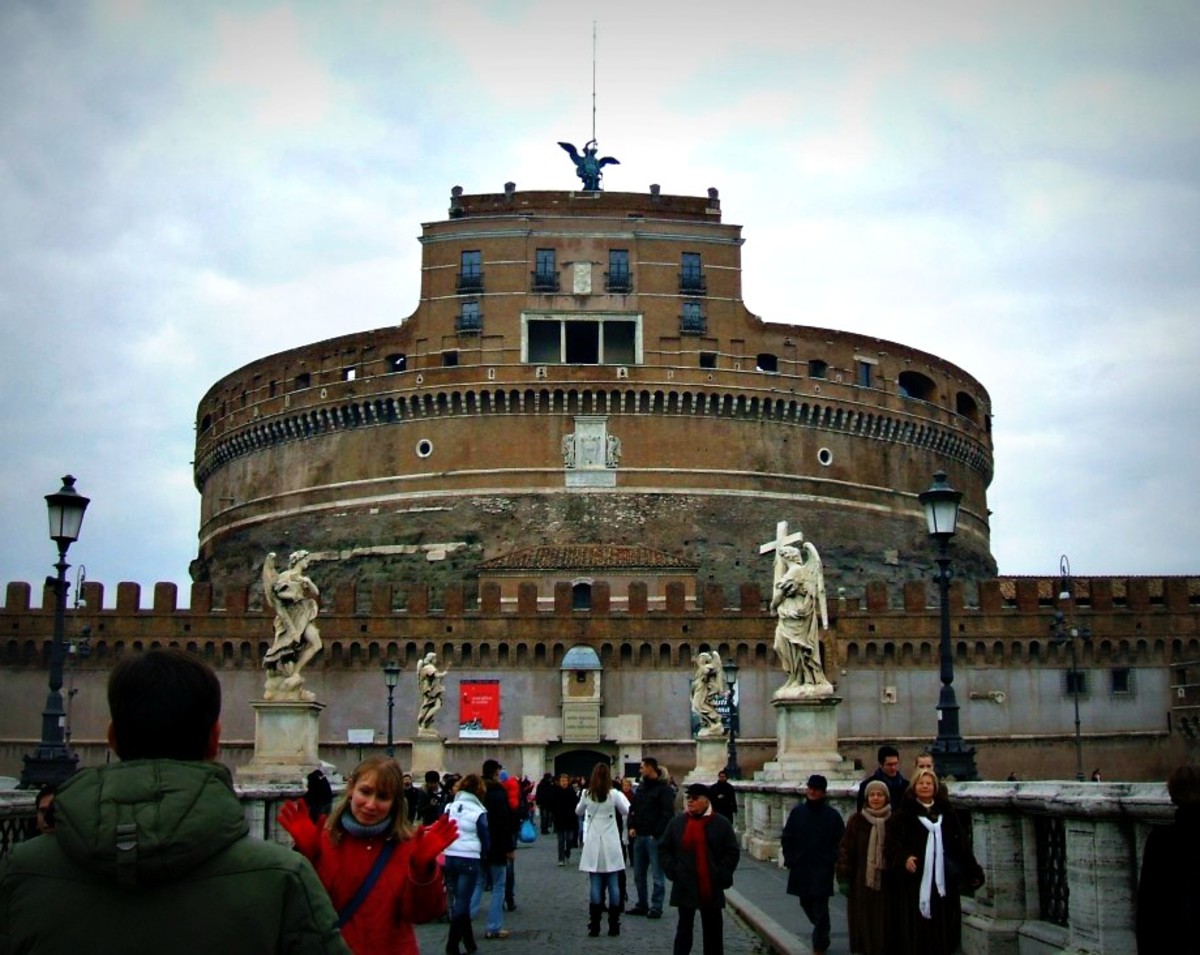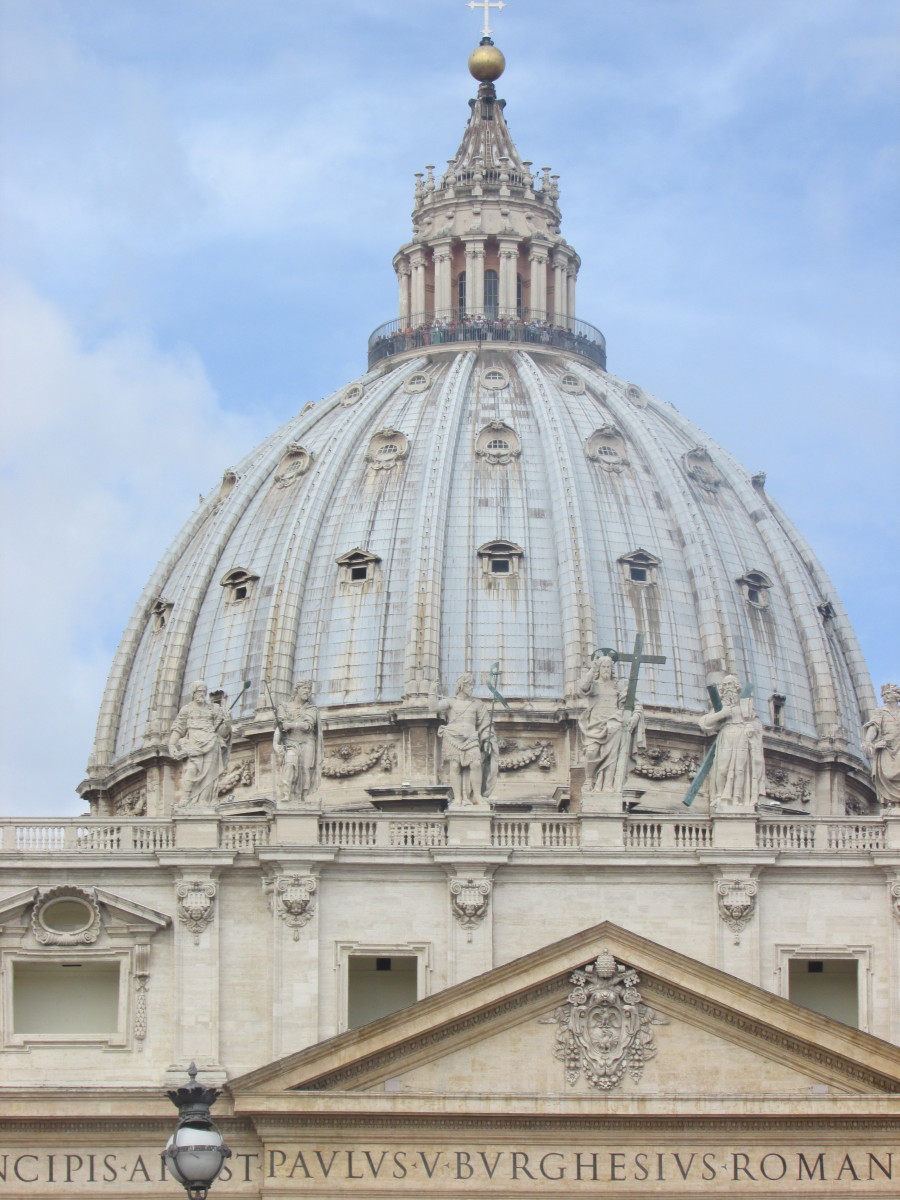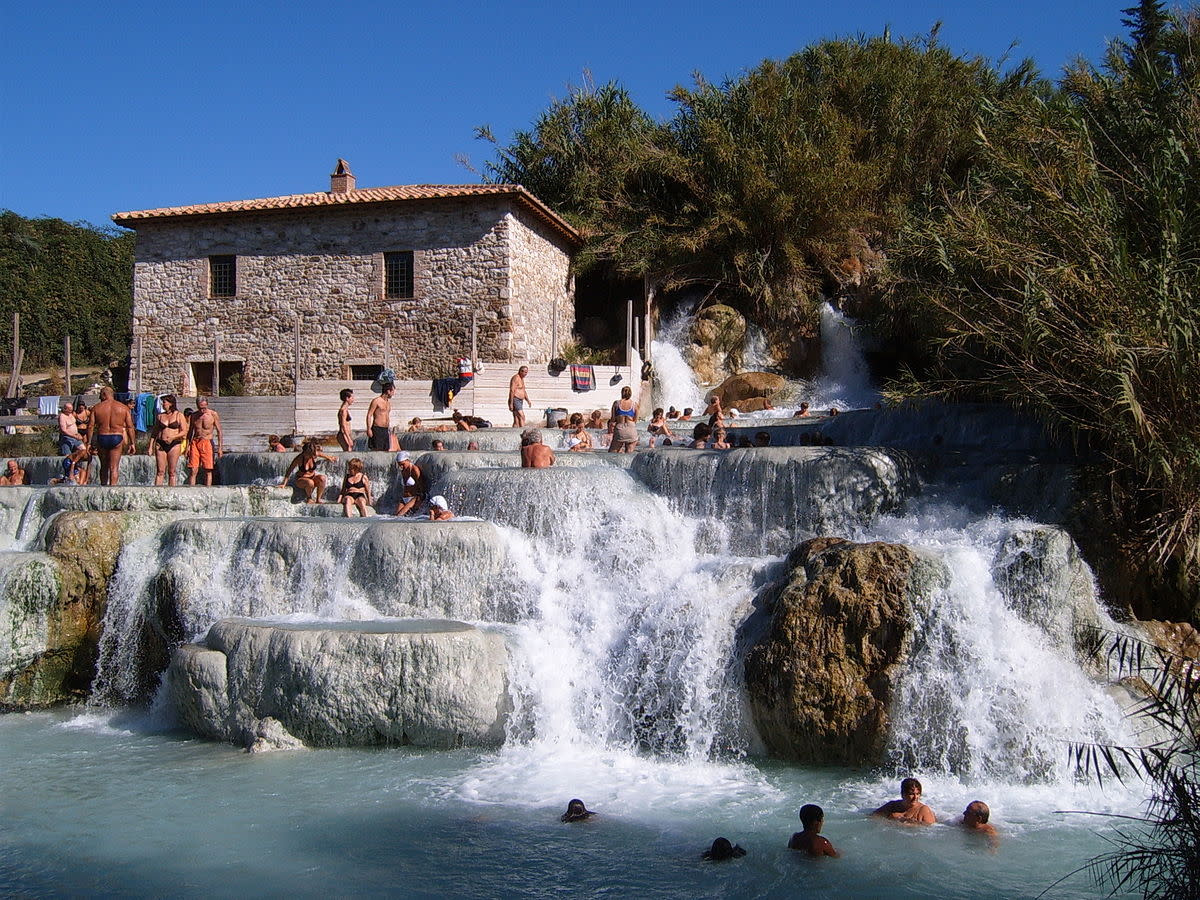Rome: A city of familiar surprises
Well, I’d never been to Rome, but I’d been to Northern Italy. Well, it’s no Three Dog Night, but…
I was looking forward to spending a week in Rome. I was going to be working most of the time, but just a few hours in a new city is much better than not being there at all, and I was looking forward to the food.
Over the years, I have been to Northern Italy more times that I can easily reckon. I love the food, the ancient towns and ruins, the food, the not-especially-perpendicular tower at Pisa, and the food (ah, the gnocchi!) in the little restaurant that faces it. I enjoy the beautiful little town of Il Porto on the Italian Riviera and the unique multi-course mushroom feast at Ca’Mia in the foothills of the Alps, the marble quarries at Cararra in Tuscany and the fettuccine alla granchia (hallelujah, hallelujah) at the Vela Bleu in Liguria. I even like the small plates served at happy hour in the little bar on the corner near the police station in Tagia.
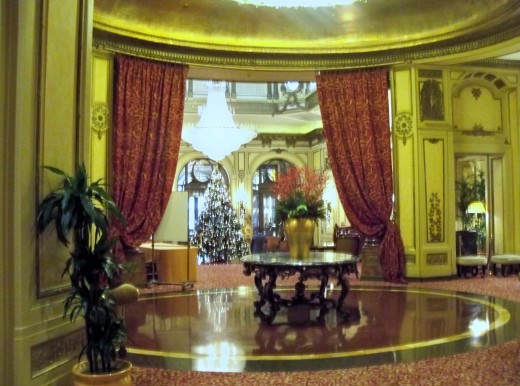

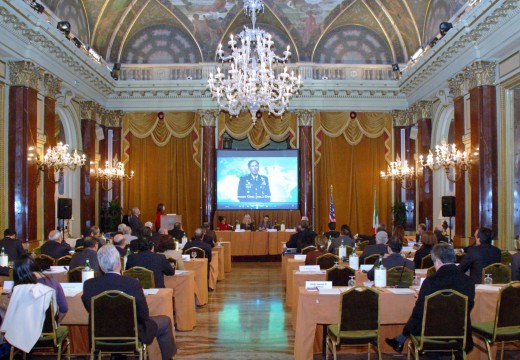
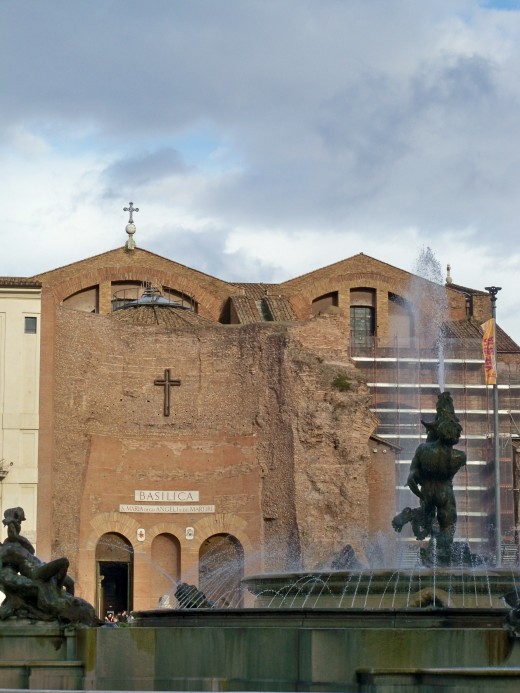
Welcome to Rome
I envisioned Rome as a crowded city with speeding cars tearing through narrow streets around traffic circles with spewing fountains and thousands of Romans struggling to navigate the congested traffic. Some of the streets were narrow, but I didn’t see much speeding. Traffic doesn’t allow it. Most amazing, with all that I had heard about Roman drivers, is that they yield to pedestrians. Step into the road and it is like the parting of the Red Sea. Do it repeatedly and they get a little touchy. A curb-side hokey-pokey could lead to outright violence.
Despite my strong preference for family hotels and bed and breakfasts, In the course of my travels, I have stayed in more than a few four- and five-star restaurants. I prefer the smaller accommodations because they better reflect their locale. A country B & B gives much better flavor of a region than a five-star that could be transplanted anywhere in the world without seeming out of place, with equal absence of local character. They are great places to stay for those who crave pampering, but not my preference. If I am spending enough time in the hotel for the amenities to be that important, I am in the hotel too much.
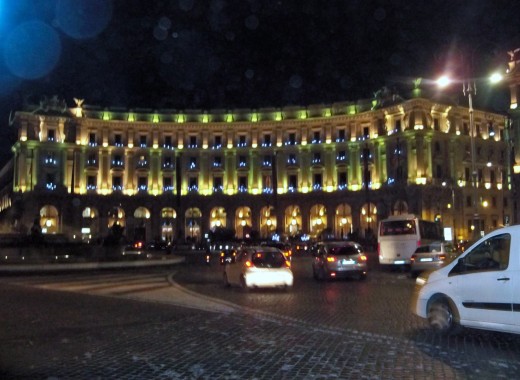
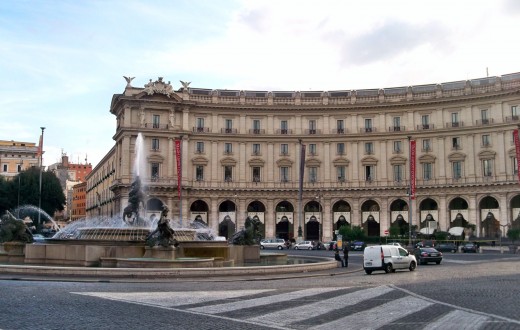
In Rome we stayed at the St. Regis Hotel, a rare five-star with genuine character, all the amenities and an ambiance that allowed no doubt that it was in Rome. Built more than 100 years ago, the St. Regis was, in fact, the first deluxe five-star hotel in Rome. It might be the only time I have stayed in a top-of-the-line hotel that so captured local character. Of course, that might be the pitchers of Bloody Marys at the breakfast buffet speaking.
Be that as it may (isn’t that a lovely way to say “anyway”?), after ensuring that my share of the upcoming meetings was in order, I decided to do what I usually do in a new city, set out on foot to reconnoiter the immediate area.



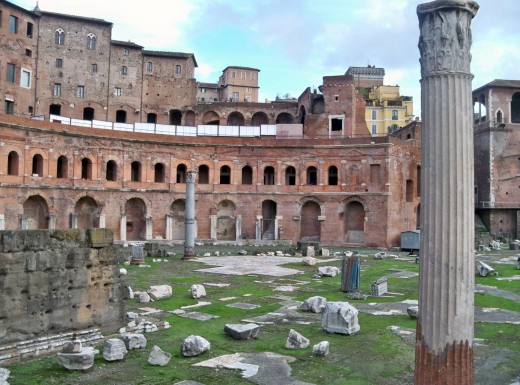
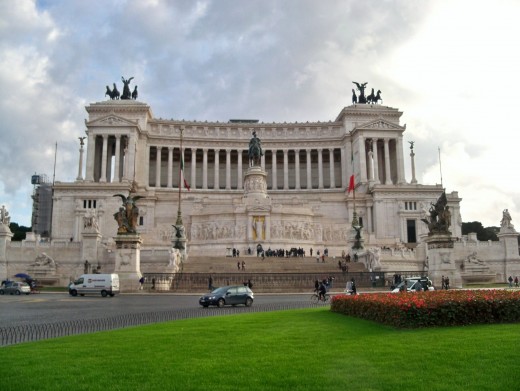

Il Plaza della Repubblica
When we arrived in Rome, I had noticed we had passed the Fontana della Naiadi in front of the Santa Maria degli Angeli in the Plaza della Repubblica, just before reaching the hotel, so that would be my starting point. From the hotel, the fountain was two short blocks away. On the southwest side of the fountain, an upscale shopping arcade in two handsome buildings straddles the Via Nationale.
From the fountain, I could see in the distance between the arcade buildings a massive building at the end of Via Nationale. Never having looked at a map of the city, I had no idea where I was in relation to any of the usual tourist sites, so I decided to head for the building that looked as if it might be a point of interest about a mile away.
Piazza Venezia
Just before actually reaching my goal, I encountered a small plaza with the Baroque church of the Most Holy Name of Mary to the right and a field of ruins to the left. The ruins, looking for all the world like an ancient shipping center, are what remain of Trajan’s Market, a 1,900-year-old shopping arcade, in fact echoing the modern arcade at the opposite end of Nationale. A forest of columns is all that remain to mark the site of the Basilica Ulpia.
Dead ahead is Trajan’s column, just under 10-feet tall and carved from Cararra marble, but, alas, I barely gave the 2,000 year-old column a second glance as I drove toward the massive white marble building that had drawn me here.
The building turned out to be the white marble memorial to King Victor Emmanuel II, which presides over the Piazza Venezia, center of the county’s major celebrations. The monument, which includes museum of Italian Reunification and the tomb of the Unknown Soldier of the First World War, features an equestrian statue of the king. An elevator provides access to the roof which offers a 360-degree view of the city.
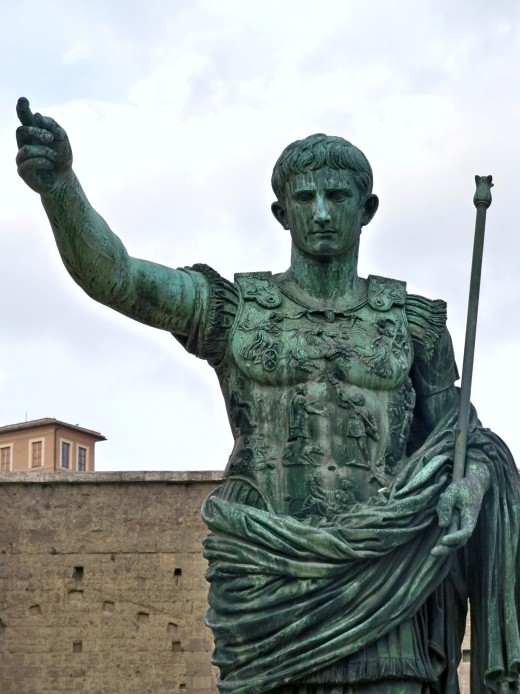




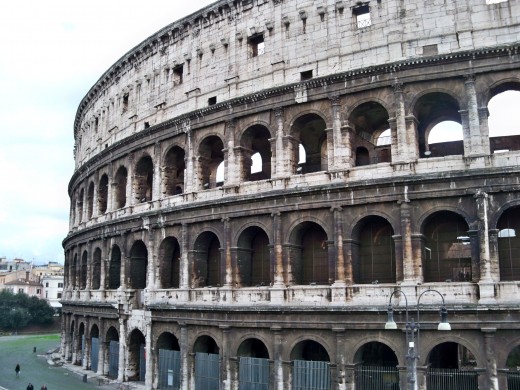
The Colosseum
I confess that I was momentarily distracted when I crossed the street to reach the memorial and the Palazzo Venezia that faces it, because as I looked to my left along the Via dei Fori Imperiali, I stuttered stepped at the sight of the Colosseum a short distance away. And Rome suddenly presented a challenge to my ADD proclivities.
Mussolini had ordered construction of the wide avenue that connected his World War II headquarters in the Palazzo Venzia to the Colosseum, joining his headquarters to a symbol of the power of ancient Rome. The route of this broad avenue bisects a major antiquarian district, dividing the Roman Forum from the Imperial For a. The story of the destruction Mussolini enacted when he ordered construction of this boulevard merits a separate account.
I had very little time and could not pass up the Colosseum, so I gave Rome’s central piazza short shrift and turned toward the massive structure in the near distance. No matter how many times I had seen images of this celebrated landmark, its stark reality drew me to it.
The walk along the Via dei Fori Imperiali was a promenade through history, with an overload of vestiges of ancient Roman on both sides. I had only a vague idea of what I was looking at. When I saw a sign for the site of the Roman forum or the Roman senate, I had the momentary frisson of tiny Tasers. My head swam amid the relics of history and drama that surrounded me, virtually smothered me, with the weight of their collective historical significance.
But time was running short and, as my head swiveled from side to side at the wonders of the ancient world, I was incredulous at how much could be packed in such a small area, and pleased with myself that I had managed to see Rome’s major sights in just over two hours.
Then a colleague who had lived in Rome for five years, suggested a walking tour during our one free evening, and a group of us headed in a different direction entirely. Apparently, the best was yet to come….
The Roman Colosseum (also Coliseum)
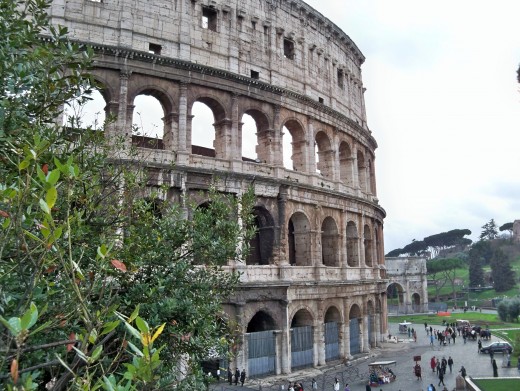
The first century Roman Coloseum, or Ampitheatre of Flavius, seated 50,000. The famed feat of Roman engineering staged executions, gladiator contests, dramatic productions and simulated battles.

